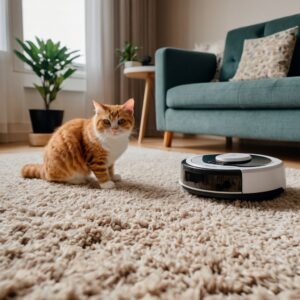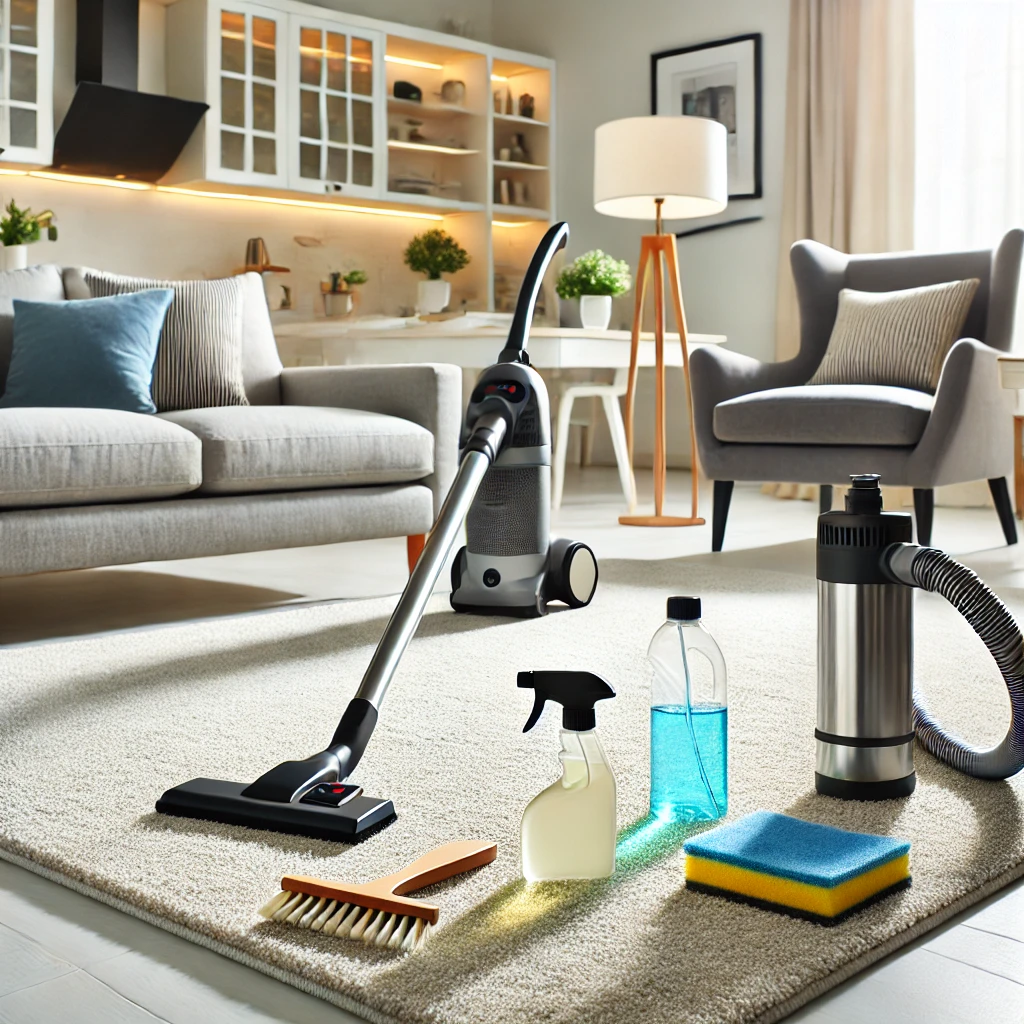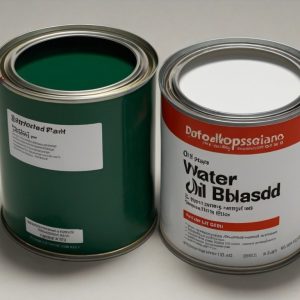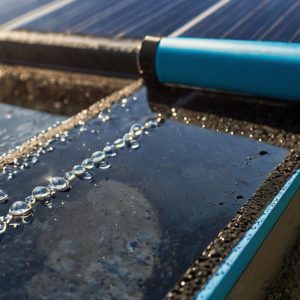
How to Clean a House Professionally
Cleaning a House: The Complete Guide to a Sparkling Home
Ever wonder why your house never seems clean enough, no matter how hard you scrub, mop, and dust? Professional cleaning is more than just the basics-it entails an efficient, organized approach and the proper tool for every task. Whether cleaning your house or launching a cleaning business, it’s all about knowing how to clean it professionally to deliver that pristine, spotless look.
Free DIY Spring Cleaning Checklist 2024
This guide outlines the basic steps, tools, and techniques for cleaning a house professionally. You’ll learn to approach each space professionally, leaving every surface sanitized and dust-free and every room shining.
1. Gather Professional Cleaning Supplies
Cleaning your house professionally requires just the correct set of cleaning supplies. The right tools save you time and give you that deep-clean effect. Essential supplies for professional house cleaning are:
All-Purpose Cleaner: Perfect for kitchen counters and appliances and great on bathroom surfaces.

- Disinfectant: On commonly touched door handles, light switches, and remote controls.
- Glass Cleaner: For a streak-free finish on windows and mirrors.
- Microfiber Cloths: lint-free, absorbent, and can be used on every kind of surface
- Vacuum Cleaner: with attachments to get into corners and onto upholstery
- Mop and Bucket: you would want a microfiber or sponge mop for maximum cleaning of hard floors
The right supplies make the difference in cleaning a house professionally because they ensure each surface gets the right cleaner to be cleaned properly and efficiently.
2. Start with Decluttering Before You Begin Cleaning
Decluttering is one of the preliminary steps involved in cleaning a house professionally. Not only does it make the whole process more accessible, but it also leaves each room looking more organized and visually appealing. Professional cleaners usually begin by:

- Organizing Clutter: Clear surfaces, remove loose items, and remove unnecessary clutter.
- Making Beds: In the bedroom, tidy up beds and arrange pillows.
- Collecting Loosed items: Pick up scattered items with a basket and put them in their rightful places.
Decluttering before cleaning makes cleaning fast and efficient, as the resulting house leaves nothing visible to hinder neatness in every room.
3. Clean Dust and Vacuum every Surface.
Dusting and vacuuming are the basics of cleaning a house professionally. Dust readily gathers on surfaces, especially those that are hard to get to. Here’s a set of tips for a dust-free space:
Carpet cleaning Complete guide

- Dust High to Low: Start by dusting things from the top (ceiling fans, light fixtures) and then work your way down (furniture surfaces, baseboards).
- Microfiber Cloth: Microfiber can trap all the dust without spreading it.
Vacuum with Attachments Use the vacuum cleaner’s attachments to clean into corners, dust along the baseboards, and finally, upholster.
This way, you can clean a house professionally by cleaning dust and debris off all surfaces, which are typically easy to overlook.
4. Attention to the Kitchen and Bathrooms – They Take More Time
Kitchens and bathrooms require more professional care when house cleaning. These areas have highly trafficked surfaces that harbor bacteria everywhere, so great disinfecting is required.

Kitchen Cleaning: Clean all surfaces around the kitchen, including countertops, appliances, and cabinets. Sanitize sinks and faucet handles and clean inside the microwave oven and other small appliances.
Bathroom Cleaning: All sinks, toilets, showers, and bathtubs must be cleaned well. Grout and tile surfaces are usually trapped with mildew and soap scum. All high-touch surfaces, including light switches and doorknobs, should be treated with a disinfectant.
Professionals understand that cleaning a house professionally takes extra time dedicated to these areas to ensure complete sanitization and hygiene.
How to Get Pee Out of a Mattress Quickly and Effectively
5. Polish Mirrors and Windows for a Streak-Free Shine
No professional cleaning is considered perfectly clean if the mirrors and windows aren’t. These surfaces quickly show smudges and streaks; thus, proper technique should be observed to avoid this:

- Spray your Glass Cleaner: For excellent results, spray your glass cleaner on a microfiber cloth rather than directly on the surface.
- Work in small circular motions: Use small circular motions to remove streaks and smudges from the windows or mirrors.
- Check-in Natural Light: Look at windows and mirrors under natural light to get all the spots missed.
A streak-free window and mirror describe cleaning a home professionally; this leaves every room clean to its core.
6. Conclusion at Floors for that Final Touch of Cleanliness
Cleaning the floors is the final step in professionally cleaning a house. As dust and debris from other surfaces fall on the floor, the task should be last to ensure that every room has that polished look.
Floor cleaning complete guide

- Vacuuming carpets and rugs: Vacuum to collect all dirt and allergens;
- Mopping floors: Use a suitable mop and cleaner for hardwood or tile to avoid damage and leave a fresh, clean shine.
- Edge and Detail Work: Do not forget to vacuum along the edges, baseboards, and around furniture legs for a clean clean.
The floors, done right, add that satisfying feel that makes every room professionally clean.
Conclusion
Now that you know how to clean a house professionally, you can confidently take on any home. The right strategic approach, attention to detail, and appropriate equipment can boast a cleanliness level far beyond mere tidying. Even the spotless and hygienic environment is created so each space looks fresh, as any home cleaned by pros would.








































